- The project also shows the positive results of China's deepening international cooperation under the the Belt and Road Initiative
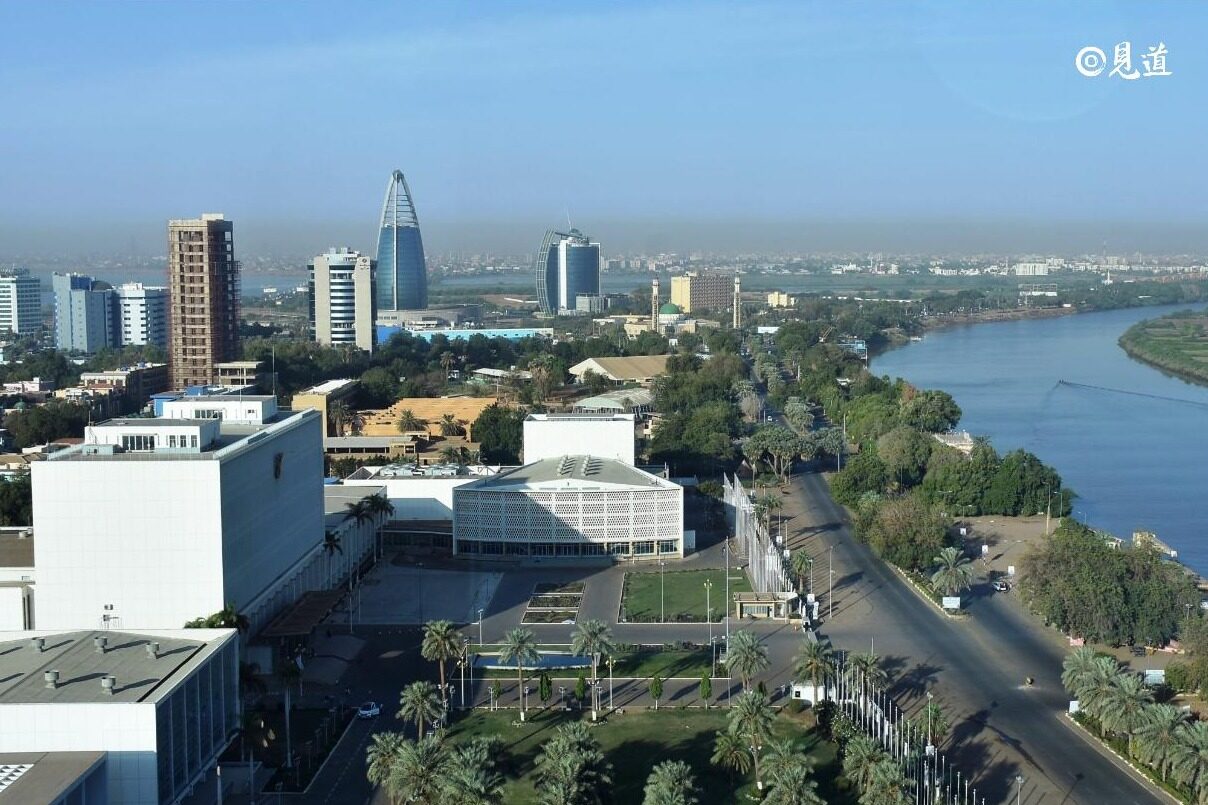
South Sudanese President Kiir recently announced that with the upcoming delivery of the air traffic management system constructed by China Harbour Engineering Co., Ltd., South Sudan is about to regain control of its sovereign airspace, thereby freeing itself from dependence on neighboring Sudan. This project is not only the only air traffic management cooperation project between China and African countries at present, but also an important part of the infrastructure connectivity in the the Belt and Road Initiative. It is also one of the key projects of the eight actions identified by the Beijing Summit of the Forum on China Africa Cooperation.
Recently, South Sudanese President Kiir delivered an important speech on air traffic management in South Sudan while presiding over a national parliament meeting in the capital city of Juba. He stated that the Ministry of Transport and Civil Aviation Administration of South Sudan are engaged in in-depth negotiations with relevant departments in Sudan and the International Civil Aviation Organization, with the aim of successfully regaining control of South Sudan's high-altitude airspace from Sudan.
"Full control of our airspace will enable our country to register airlines and charge fees from aircraft and their routes." Kiel emphasized that this will greatly expand South Sudan's non oil revenue and have significant implications for its socio-economic development.
This project is a model of joint cooperation between China and South Sudan. In addition to covering the comprehensive implementation of engineering construction, China also undertakes the important task of training technical personnel in South Sudan, aiming to ensure that local personnel have the professional ability to independently manage airspace. At Juba Airport, reporters witnessed the results of this cooperation firsthand. The National Air Traffic Management Center of South Sudan features a desert yellow color scheme that harmoniously blends with the surrounding natural environment. The newly built tower and air traffic control building stand in the core area, presenting a brand new appearance. On the surrounding apron, the planes of various commercial airlines and humanitarian rescue planes of various United Nations agencies parked in an orderly manner, jointly witnessing the practical effectiveness of this project.
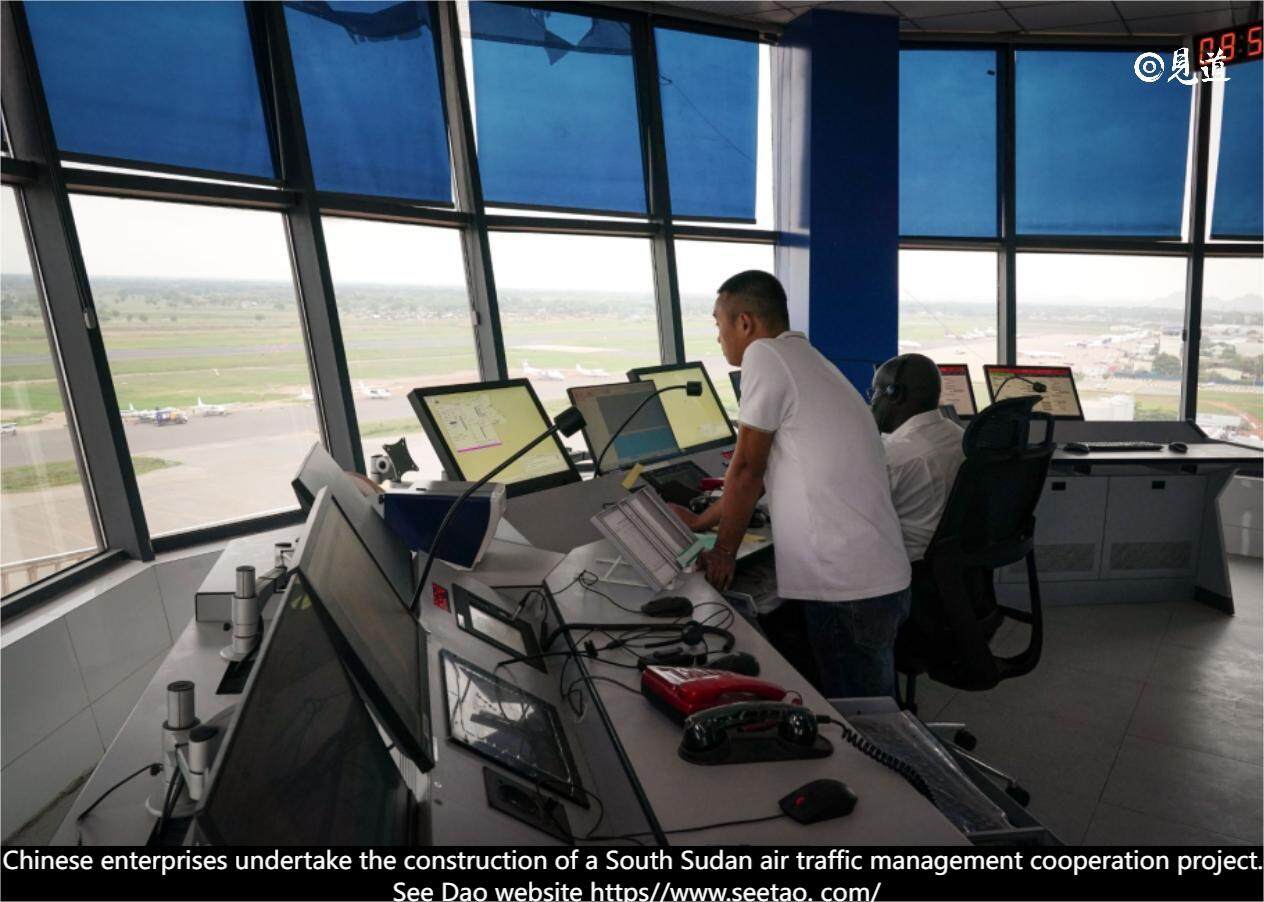
Entering the top floor of the tower, the tower control room caught the eye. A series of advanced system terminals are configured here, including air traffic control automation, navigation information management, automatic broadcasting, meteorological services, and ground air communication.
On April 9th, in the capital of South Sudan, Juba, staff conducted debugging work in the tower control room of the South Sudan Air Traffic Management System project.
Agongo Domasio Wingaik, Business Manager of the South Sudan Air Traffic Control System Project at China Harbour Engineering Co., Ltd., said that technical engineers at China Harbour teach local employees without reservation to equip them with high-altitude airspace management capabilities. "All South Sudanese are looking forward to the day when the country regains control of high-altitude airspace. This day is getting closer and closer, and our gratitude to China is beyond words," he said.
In 2011, the African country South Sudan gained independence and established its own country. However, the high-altitude airspace over the territory of South Sudan has always been managed by neighboring Sudan. In 2016, under the coordination of the International Civil Aviation Organization, South Sudan signed a three-year agreement with Sudan to manage and control its airspace. According to the agreement, Juba will take over control of its high-altitude airspace after training and obtaining qualified staff to supervise the system, thereby being able to charge fees to all aircraft using the airspace.
However, due to socio-economic backwardness, South Sudan has been unable to meet the requirements put forward by the International Civil Aviation Organization. Sudan has always held control over the high-altitude airspace of South Sudan.
The first turnaround occurred in 2017. The former Juba International Airport in South Sudan has been in disrepair for a long time, with severe runway damage, and is jokingly referred to as a patched airport by the outside world, posing great safety hazards. At the request of the Southern government, China provides preferential buyer credit to the South to support the Juba International Airport renovation and expansion project. The project started construction in March 2014 and was completed and handed over to the south in March 2017.
After the completion of the project, the passenger throughput of Juba International Airport increased by more than 60%, and the international flight throughput tripled, bringing considerable direct and comprehensive benefits to the south every year. President Kiel has repeatedly publicly thanked the Chinese government and enterprises for playing an important and positive role in promoting economic and social development in the South and providing international humanitarian assistance. Keywords: the Belt and Road news, the Belt and Road project, overseas project.
When Juba, a modern airport and high standard runway, stands tall, the South Sudanese government firmly believes that only China can assist in building an advanced air traffic control system, thereby helping South Sudan regain control of its high-altitude airspace. (This article is from the official website of Jiandao: www.seetao. com. Reproduction without permission is not allowed, otherwise it will be punished. Please indicate Jiandao's website and the original link when reprinting.) Jiandao's mechanical column editor/Zhou Yingwen
Comment
 Praise
Praise
 Collect
Collect
 Comment
Comment
 Search
Search


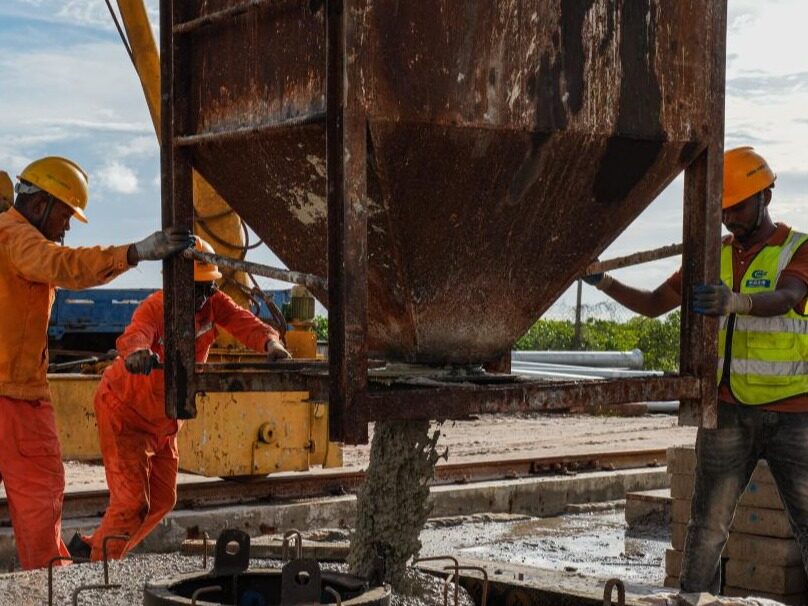
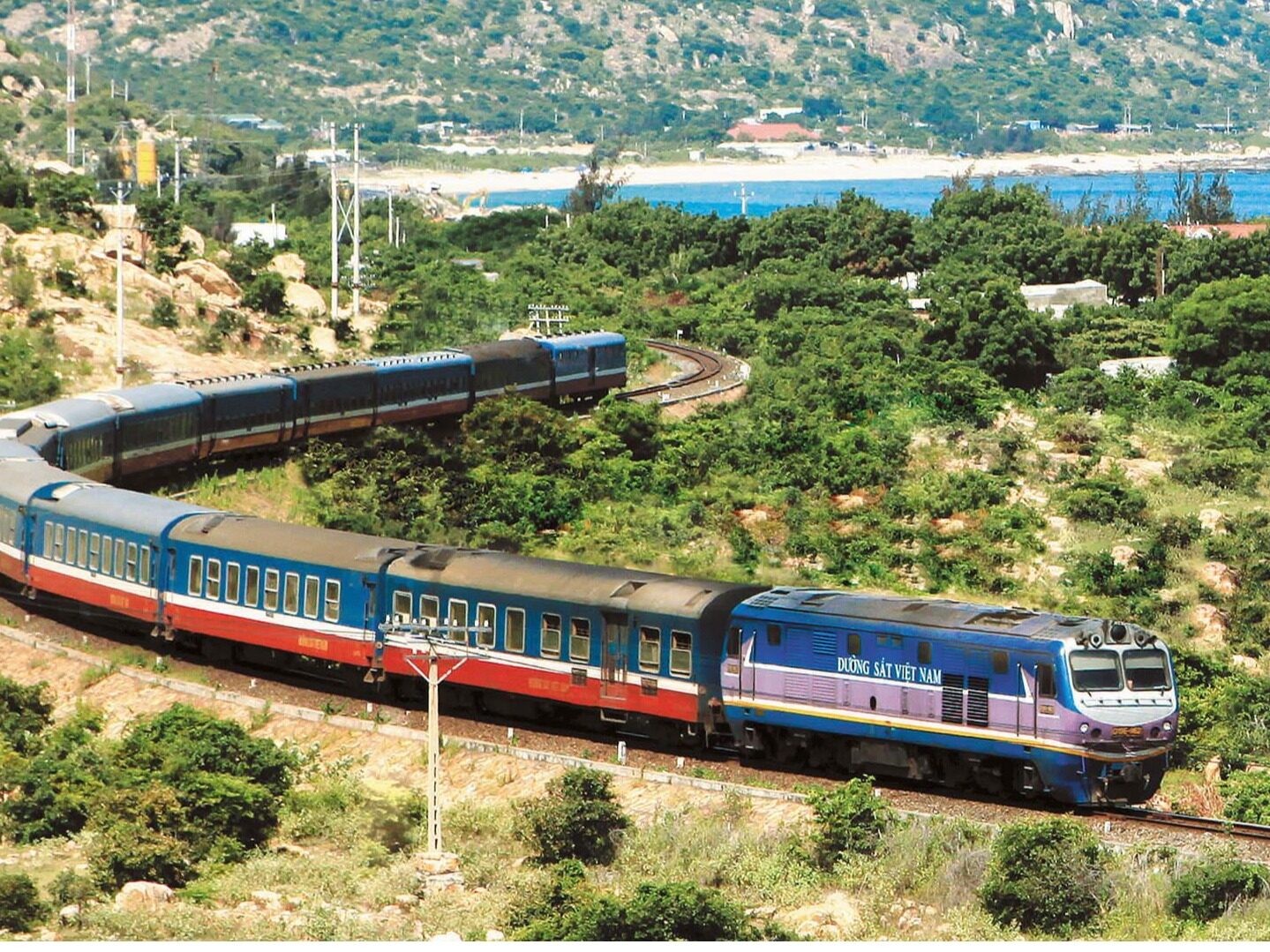


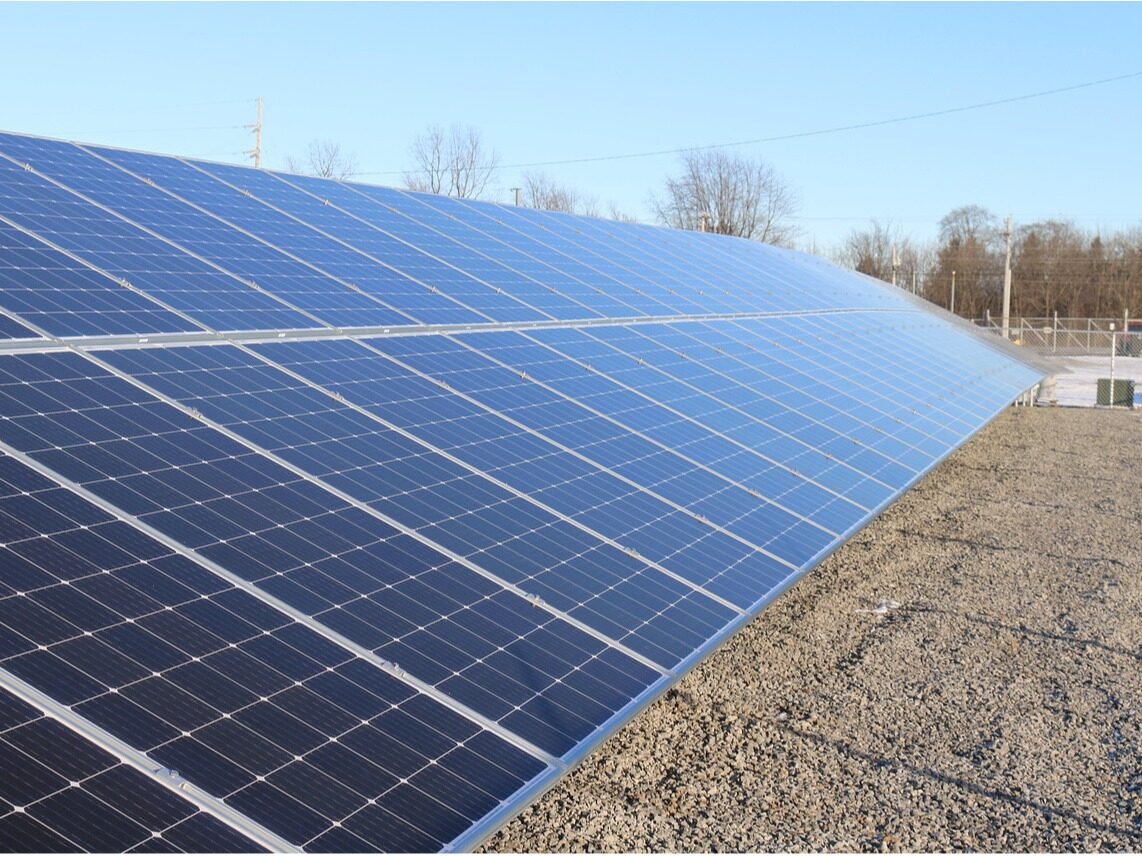
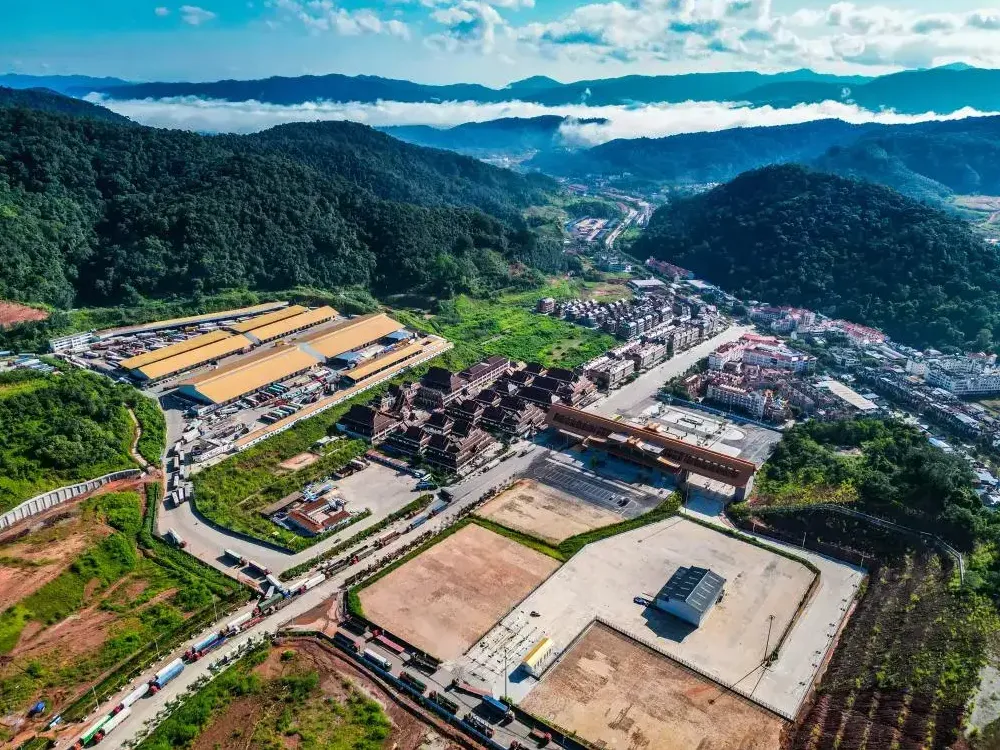






Write something~